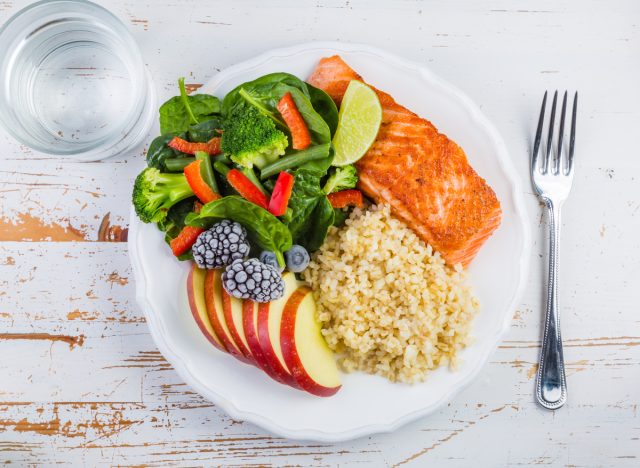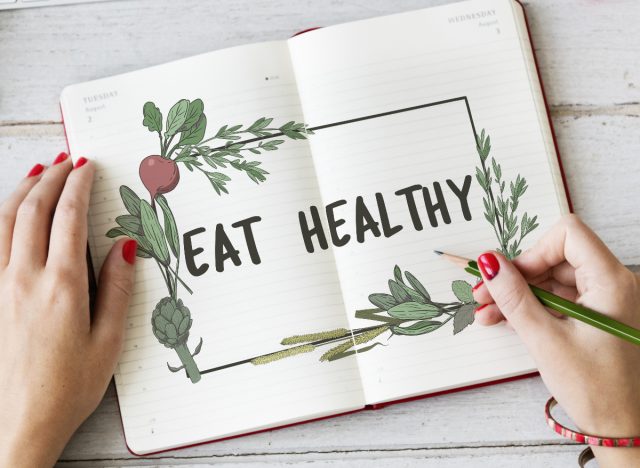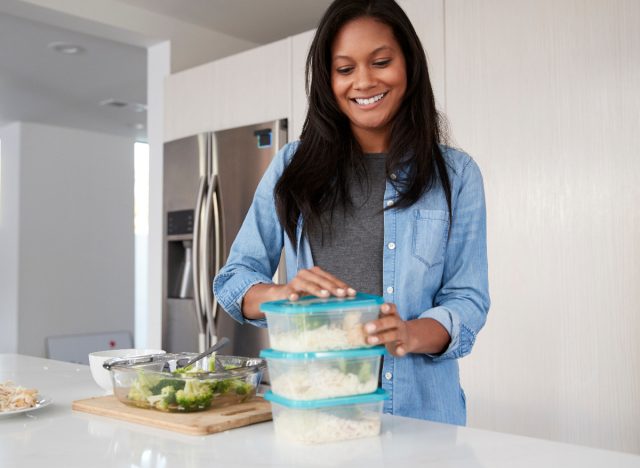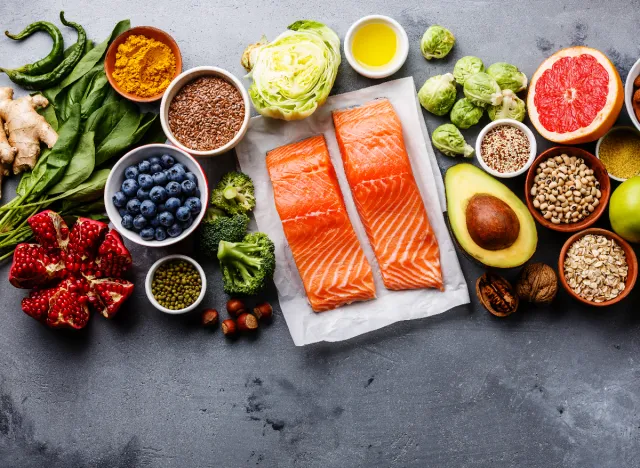One pound may not seem like much, but it can be the difference between fitting into an outfit for a special occasion you’ve been planning on, getting you to the same weight you were decades ago, or it can simply be a crucial step in your weight loss journey. Maybe it took you forever to reach your goal, and you’ve gained a pound and want to stay in check.
Whatever the reason may be, we’re here to help you navigate the process. Losing a pound can be done; at times, it can be like watching a pot of water boil… it never seems to happen when you are micromanaging the situation. Just be patient and consistent with your efforts, and you’ll see results. One pound also leads to two, and before you know it, you’re achieving weight loss that actually lasts. Baby steps really can work!
Whether you’re just starting your weight loss journey or are at a standstill, there’s a good possibility you’re at a loss for what to do next. Losing one pound can seem like 10 if the scale is just not budging. Many of us have been there, and we feel your frustration. If you’re wondering how to lose one pound, we’re here to share some tips from the experts. Read on to hear what they have to say, and when you’re finished, be sure to check out the 10 Best Costco Frozen Foods for Weight Loss.


Plain and simple, you need to establish a calorie deficit of approximately 500 calories each day to lose one pound in a week, according to Shapiro. (Note that this can also depend on the individual.)
One pound of fat is equal to 3,500 calories of energy, Shapiro tells us. “The weekly weight loss with a 500-calorie deficit may range from one-half to one pound. While you lose weight, you’re losing water, fat, and lean muscle mass. These changes in body composition will also affect the rate of weight loss.”
In order to lose weight in a safe and sustainable manner, be mindful of what works and what doesn’t work for your body. It’s always best to check in with your healthcare professional or a registered dietitian, and make sure you are never overdoing it when it comes to dieting or losing weight. According to Shapiro, “Around one to two pounds per week is a safe and steady rate of weight loss, than those who lose weight quickly.”




Whenever you’re looking to lose weight, it’s imperative to look at your portions, and maybe not go in for that second helping of sweet potato casserole around the holidays!
“Portion size is an important determinant of your total calorie intake,” says Amy Shapiro, MS, RD, CDN—the founder and director of Real Nutrition, a New York City-based private practice dedicated to healthfully and successfully guiding clients to their optimal nutrition, weight, and overall wellness. “Eating anything in an excessive amount can turn into fat. Controlling portions will help you create the calorie deficit essential for weight loss.”


If you haven’t tried a food journal before, now’s a great time to record what you’re eating and just how much. It will help hold you accountable for your choices and also let you know where you can make some improvements. “Additionally, it can keep track of how you feel after eating certain foods, helping you understand what foods work best for you and what don’t,” Shapiro adds.
READ RELATED: Heart Attack Symptoms: 9 Types of Chest Pain That Shouldn’t Be Ignored


Give meal prepping a try. By preparing your meals ahead of time, you’re able to really focus on what you’re putting into them—and put that “portion control” tip to good use! Switch it up, and try different vegetables and lean proteins so you don’t get bored and it’s easier to stick with.
“Preparing meals and ingredients in advance is an effective method for weight loss,” says Lisa Young, Ph.D., RDN, the author of Finally Full, Finally Slim, a nutritionist in private practice, and a member of our Medical Expert Board. “Having ready-to-go options helps you maintain a healthy and balanced diet. Easy access to nutritious choices can prevent reaching for processed snacks like chips or crackers.”


Now more than ever, it’s important to give yourself a kickstart so you can go that extra mile to lose a pound. Exercise is something both Shapiro and Young agree on; it’s a necessity whenever you’re looking to lose weight and lead an all-around healthy lifestyle.
If you’re not already doing at least 150 minutes of moderately intense exercise per week (along with two days of muscle-strengthening physical activity), push yourself to make that happen. “Integrating physical activity into your daily routine benefits both your physical and mental health,” Young explains. “Aim for about 150 minutes of moderate-intensity activity per week. Consistent exercise promotes gradual fat loss, contributing to weight loss.”


Take a hard look at your weekly meal rotation, and see if you can make any necessary adjustments. Nutrients are essential to keeping you energized and able to perform normal bodily functions, Shapiro tells us. A solid balance of lean protein, healthy fat, and complex carbs will help you feel full and avoid unhealthy snacking between meals—which is a complete no-no when trying to lose one pound. “Avoid following diet trends such as a low-fat or low-carb diet, which can be unsustainable over time,” Shapiro suggests.
Adding a good variety of foods into your meals offers essential nutrients such as minerals and vitamins. “A good rule of thumb is to fill half your plate with colorful fruits and vegetables, have a quarter to protein, and the remaining quarter to whole grains like brown rice,” Young explains. “This ensures you receive all necessary macronutrients while consuming a wide variety of foods.”






